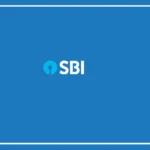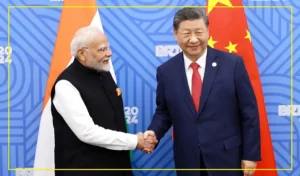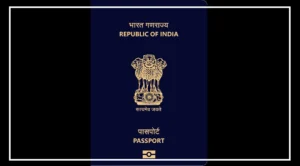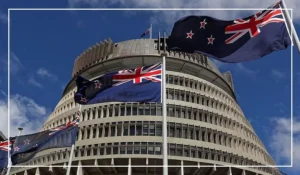The employment-based Green Card backlog in the United States has reached a crisis point, with Indian applicants bearing the brunt of an astonishing wait time of 134 years, according to a recent study by David J. Bier, the associate director of immigration studies at the Cato Institute, as reported by the Economic Times.
Currently, a staggering 10.7 lakh (1.07 million) Indians are entangled in this backlog, anxiously awaiting processing in the EB-2 and EB-3 categories.
Unprecedented Backlog Crisis
This year, the backlog for employment-based Green Cards has skyrocketed to an all-time high of 1.8 million cases, affecting the futures of 1.34 lakh (134,000) Indian children who may age out of eligibility before securing their Green Cards.
For new Indian applicants in the EB-2 and EB-3 categories, this backlog essentially represents a life sentence, with projections suggesting that around 424,000 applicants may pass away while still awaiting approval.
Bier grimly observed, “The 1.1 million cases from Indians in the backlog bear most of the burden of the broken system.
New applicants from India will face a lifetime wait, and more than 400,000 will die before they receive a green card.”
Backlog Distribution
Over half of this colossal backlog resides in the EB‑2 category, primarily comprising employees of U.S. businesses with advanced degrees.
An additional 19 percent are in the EB‑3 category, composed of employees holding at least bachelor’s degrees.
Impact on Dependent Children
The repercussions of this backlog extend to dependent children on H-4 visas, who, upon reaching the age of 21, lose their eligibility for their visa status.
Often referred to as “documented dreamers,” some seek F-1 student visas as an alternative but encounter hurdles such as limited work opportunities and higher fees.
In some cases, they may be confronted with the difficult decision of self-deportation to their home countries, despite having spent their formative years in the United States and lacking strong ties to their countries of origin.
Root Cause: Immigration Policy
At the core of this crisis is the U.S. immigration policy, which allocates only 140,000 Green Cards annually for employment-based applicants, subject to a 7% per-country cap.
This disproportionately affects Indian nationals, particularly those holding H-1B visas, a significant skilled immigrant group.
In his report, Bier underscored the issue, stating, “The fact that Chinese and Indians dominate the backlog is the result of the country caps where Green Cards are not issued proportionally to the number of pending applicants in each country but rather limited arbitrarily at 7% per nation of birth.”






















